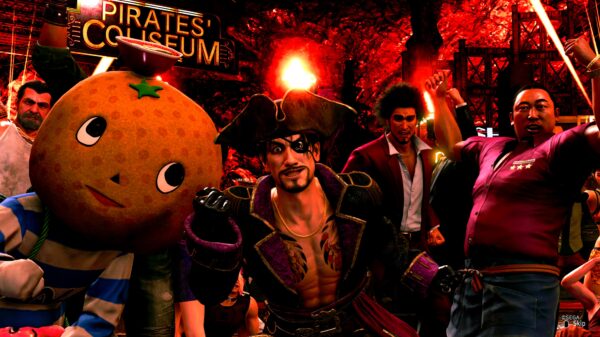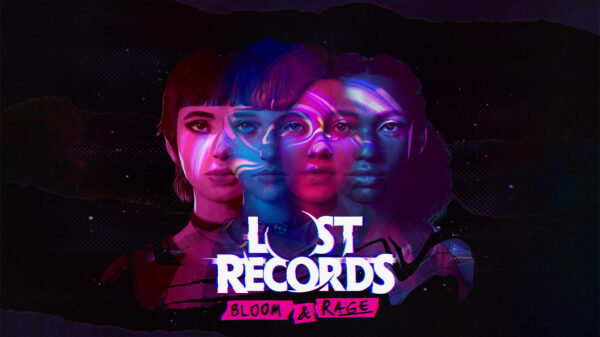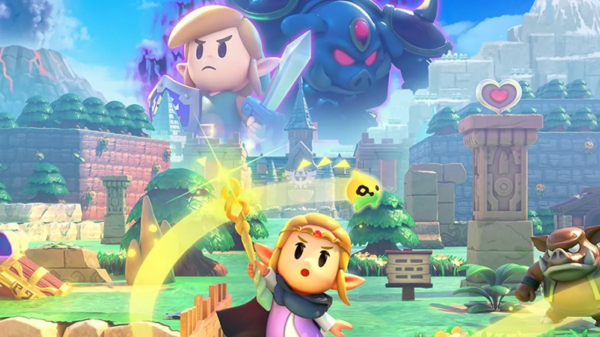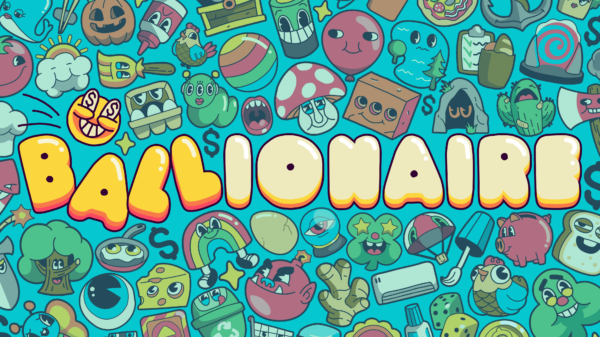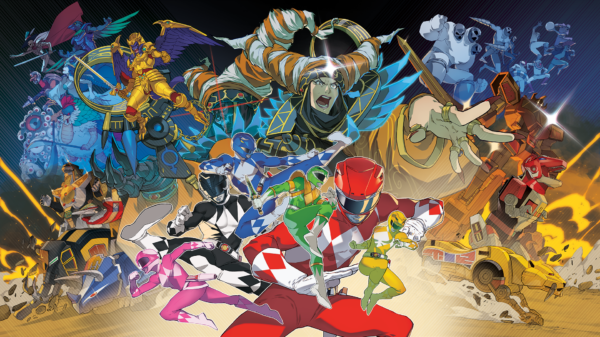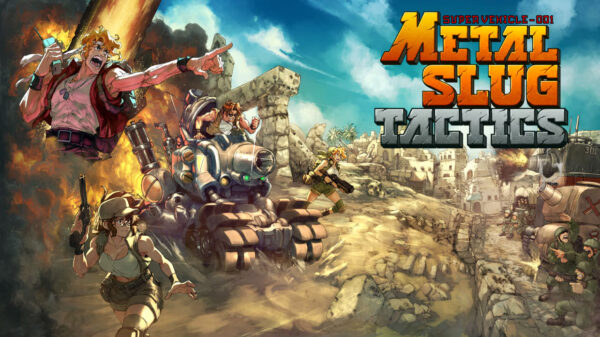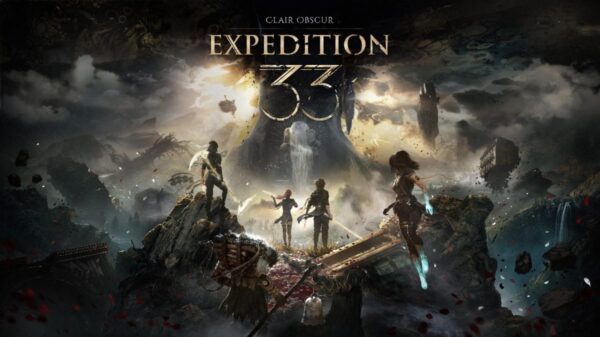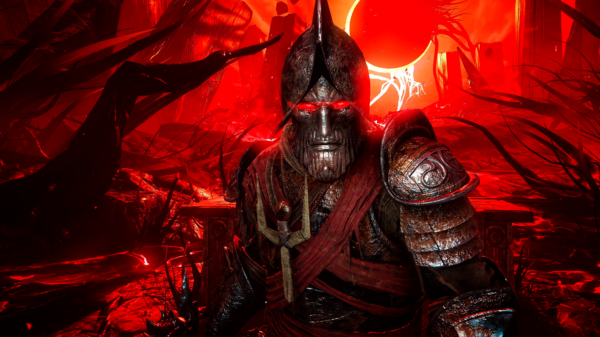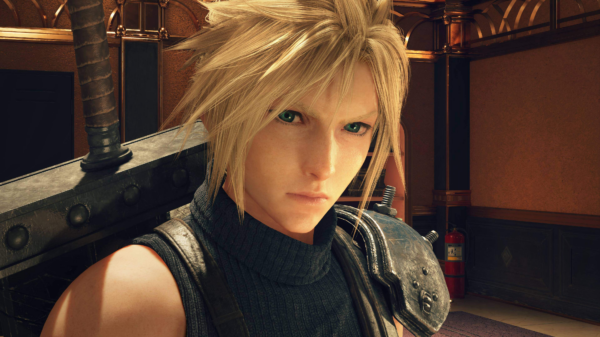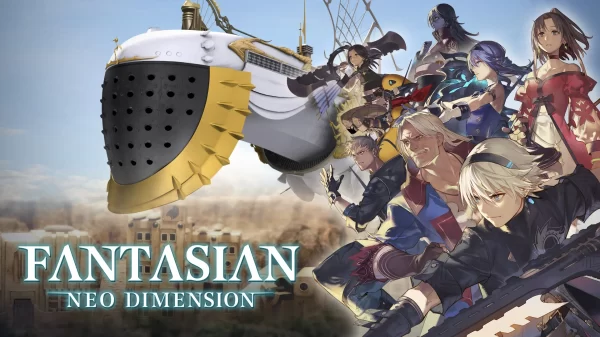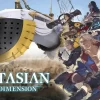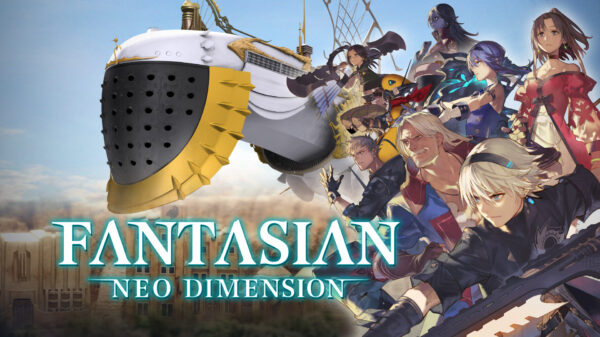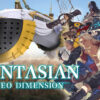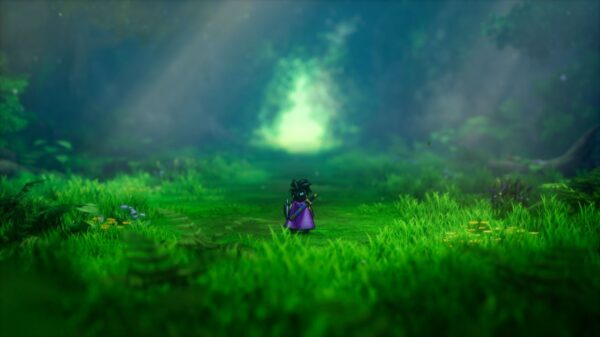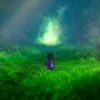MonsterVine recently had the chance to interview three of Square Enix’s most prolific developers about their MMORPG phenomenon, Final Fantasy XIV: A Realm Reborn.
Director and Producer Naoki Yoshida, Armor Designer Yusuke Mogi, and Translation Director Koji Fox all took the time to answer some of our burning questions about A Realm Reborn and the endlessly growing world of Eorzea, covering everything from dream crossovers to redesigning iconic Final Fantasy creatures.
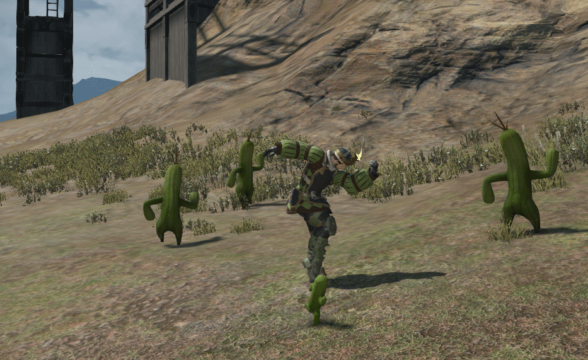
Cactuars, Tonberries, and Behemoths- oh my!
How did you go about creating your own versions of Final Fantasy’s iconic monsters and is it intimidating to work with such beloved designs?
Naoki Yoshida: Every member of the Final Fantasy XIV development team, myself included, has a great deal of respect for the Final Fantasy series. We’ve grown up alongside the Final Fantasy games, with many of us having played them since childhood.
As such, when we’re using a famous monster design, we pour our hearts into the recreated version in a way that will preserve our own fond recollections, as well as satisfy the expectations of players who share similar memories. It really is a wonderful feeling when our reimagined monsters are met with approval. Rather than feel intimidated, the development team think of these tasks as a rewarding challenge.
Which monsters did you have the most difficulty designing?
The most difficult depends on the type of difficulty we’re discussing. The art style? The battle mechanics? The animation? Each has its own challenges, so it’s difficult to single out the monsters that were the hardest to design.
If I had to choose, then I might have to go with our interpretation of Omega- the boss who makes an appearance in the “Interdimensional Rift” raid series. I think we succeeded in creating an enthralling enemy with a unique Final Fantasy XIV feel, while still preserving the qualities that make Omega instantly recognizable. The design was definitely something of a gamble as far as difficulty was concerned.

What is it like to work on different monsters for crossover events?
It’s very similar to how we approach the legacy characters and monsters from the Final Fantasy series. When we work on a crossover event, our highest priority is whether or not our designs respect the world, characters, game mechanics etc. of the source material. We consider it a challenge as developers first and foremost, rather than as an exercise in PR.
This attitude guides our creation of designs and mechanics, which we then discuss directly and openly with our collaborators. All of our crossover events have been crafted on this premise of respect, allowing us to provide our players with a distinct and highly authentic experience each time. It’s an extremely engaging experience for us on the development side as well, and we are thrilled whenever these opportunities become available.
If you could pick any franchise to cross over with, which would you pick and what monsters from that franchise would you most want to work on?
If I was free to pick any crossover partner I wanted, then my life would be complete if I could work with the people at Blizzard Entertainment (there are a lot of Blizzard fans on the development team, including myself). There’s a lot we can learn from the properties they make, and I have, in fact, already learned so much from them.
Making something together would be a dream come true. Otherwise, hmmm… I would also love to do a crossover with A Song of Ice and Fire (Game of Thrones), one of my absolute favorite series. As you can tell from my answers, I’m no different from anyone else- just a big fanboy at heart! [laughs]
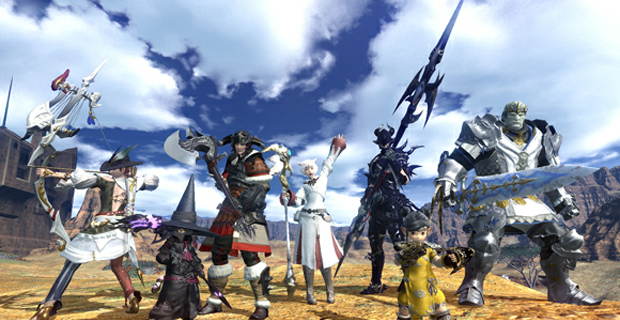
The Finest of Armors
What armor sets are you particularly proud of, and why?
Mogi Yusuke: I would have to say the AF sets (artifact armor) we release with every expansion. It takes a certain courage to create new designs that preserve the identity of both the Final Fantasy series and the jobs themselves. It can’t be too different, but it can’t be too similar either Artifact Armor sets probably go through the highest number of draft iterations of any armor design.
Staff who are entrusted with maintaining job identity when each patch rolls around are under a lot of pressure, and have a lot of stress to deal with! [laughs] But even so, I think people feel honored to work on these designs, and see it as a challenge to their talents.
What is it like to work on different armor sets for crossover events?
The crossover with Monster Hunter: World was a whole new experience! It allowed me to play with the famous designs of another company, and that’s not a chance that comes along very often. Generally speaking, crossover characters and such are used just as they appear, but for Final Fantasy XIV we got to customize them with a Final Fantasy tone, which was an exciting challenge. I found that coming up with designs based on a completely different world and style brought out an essence that isn’t present in creations that are wholly my own.
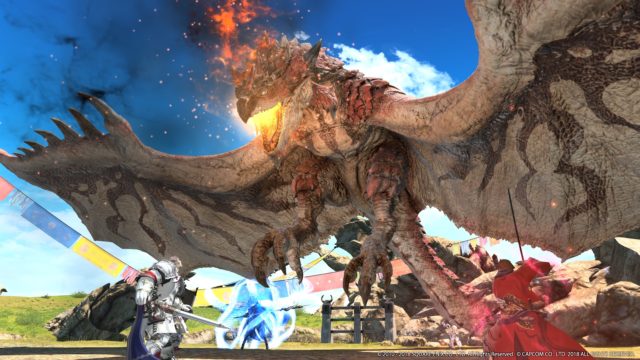
Do you have a lot of creative freedom when it comes to adapting other properties to fit into the world of Final Fantasy XIV?
We’ve had a high degree of freedom with most of the crossovers we’ve done so far, and have been allowed to create our own designs based on the worlds and themes of the properties we’re working with. This is especially true for gear that players can equip, which we often adapt for use in Final Fantasy XIV. Well, considering other games don’t tend to have items like an astrologian’s globe, it can actually make things kind of difficult without a few changes. [laughs]
Also, Yoshida and the development team craft the world of Final Fantasy XIV with a very particular touch, and we don’t want to cram in crossover characters or items that clash too much with that atmosphere. It’s important that we avoid introducing elements that serve to ruin player immersion.
If you could pick any franchise to cross over with, which would you pick and what equipment from that franchise would you most want to work on?
Maybe Fist of the North Star? It would only have equipment for monks, machinists, and
warriors, though! [laughs]

A Realm Reborn’s Journey to the West
What has been the biggest localization challenge in Final Fantasy XIV?
Koji Fox: When working on a game of this size, every aspect of the job can prove a challenge. However, if I could only name one, it would have to be maintaining a high (yet sustainable) level of quality and consistency despite being under the constraints of a brutal schedule. The Final Fantasy XIV writers pump out a medium-sized game’s worth of text every three months. It is our job in localization to make sure that text does not only get translated (and quality tested) on time, but that it is accurate, and that the style, terminology, and characterization are consistent with the tens of thousands of lines of dialogue that came before.
Normally, this would be a near-impossible task, but having the opportunity to work alongside the development team here in Tokyo makes our jobs a lot easier than it would be if we worked remotely. The Japanese language can be very vague at times, with context playing a large role in comprehension (there is no plural form for nouns, both the subject and object of a sentence can be omitted, etc). Being able to walk over to a writer’s desk and ask her the intent behind a certain line of dialogue means that there is less guess work on our side. That, and working together means we can constantly keep an eye on each other’s work, which ultimately prevents unseemly deviation.
Was there any dialogue that proved particularly challenging to translate for Western audiences?
In the five years since its relaunch, the amount of text featured in the English language version of Final Fantasy XIV has ballooned to over five million words (or to put in perspective, more than five times the entire Harry Potter series combined). As I mentioned before, the sheer volume of text we get is often the biggest challenge there is to tackle. That said, some smaller, particularly vexing past episodes the localization team has encountered include:
– Having to match Japanese lip flaps in voiced cutscenes without having the English voice actors sound like. They are. Channelling. Captain Kirk.
– Having to translate an entire conversation about a certain person without using pronouns which would reveal that person’s gender (despite the fact that the two people holding the conversation both know the person’s gender). And still have it sound natural. Uh huh.
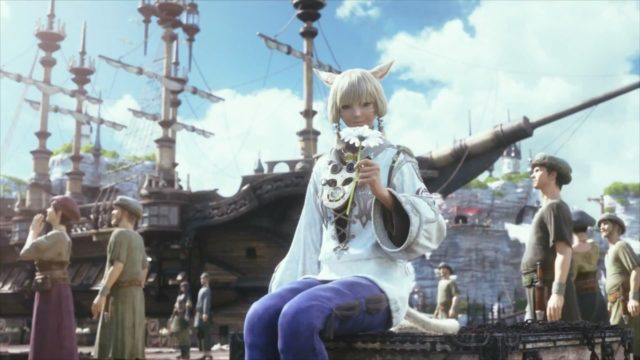
Are there any bits of localization that you’re particularly proud of, whether it’s for their creativity or the story behind localizing them?
We love that the development team allows us the freedom to sneak in Easter Eggs, bad puns, and obscure (and not-so-obscure) pop culture references as we see fit. Things that have no bearing on the in-game story or lore- such as achievement names -are fair game, and so we use these as an opportunity to pay tribute to our favorite movies, music, Final Fantasy games (or just games in general), and whatnot. Over A Realm Reborn’s lifespan, we’ve probably managed in several thousand…for better or for worse.
My personal (groan-worthy) favorites unsurprisingly all center upon a certain muscular Austrian-“Ifrit Bleeds, We Can Kill It,” “Get to the Copper,” and “I Need Your Clothes, Your Boots, and Your Broom.”
How does localizing a Final Fantasy title differ from other franchises? Does its distance from real-world culture differences make it easier, or more difficult?
The unique cultures and settings featured in the Final Fantasy series can prove both a blessing and a burden when it comes to localization. On one hand, we are not bound by real-world preconceptions; we are free to break boundaries and try new things- experiment, create, and have fun in a world that has been specially crafted for this game and its story.
On the other hand, we are somewhat bound by real-world preconceptions, seeing as much of what makes up this new world is based off of people, places, things, and concepts that are drawn from human history here on Earth- from the name of a summon to the socio-political background of an evil empire. I believe the Final Fantasy series is at its finest when it creates a world that feels both fresh and familiar, and it’s up to us to make sure that is achieved in our foreign language versions as well.
We would like to thank Naoki Yoshida, Yusuke Mogi, and Koji Fox for taking the time to answer our questions.

